
Winter in India is not only about chilly mornings, warm shawls, and hot cups of chai. It’s also when the markets are flooded with some of the freshest, juiciest, and most nutritious fruits of the year. Some are bursting with vitamin C or filled with antioxidants. And many fruits also carry Ayurvedic properties. Winter fruits fill Indian households with color, sweetness, and health. This is also the time when nature naturally sweetens the flavors: fruits slow-ripen in the cold, sugars deepen, and textures become richer, making every bite a treat.
For generations, Indians have gathered around winter fruits not only to eat, but to spend time together — oranges on picnics, guavas with masala from roadside vendors, and amla sweet murabba made at home. If you just want to eat to boost immunity, better skin glow, improved digestion, or enjoy nature's seasonal fruit bounty, winter is the perfect time to eat fresh, affordable fruit.
Here’s your full guide to the 12 best winter season fruits for every Indian to try — with ideas on how to eat them, the health benefits, and where to find them in your region.
Read more: Top 10 Healthiest Breakfast Bowl Fruits
12 Seasonal Winter Fruits
1. Oranges (Santra/Malta)
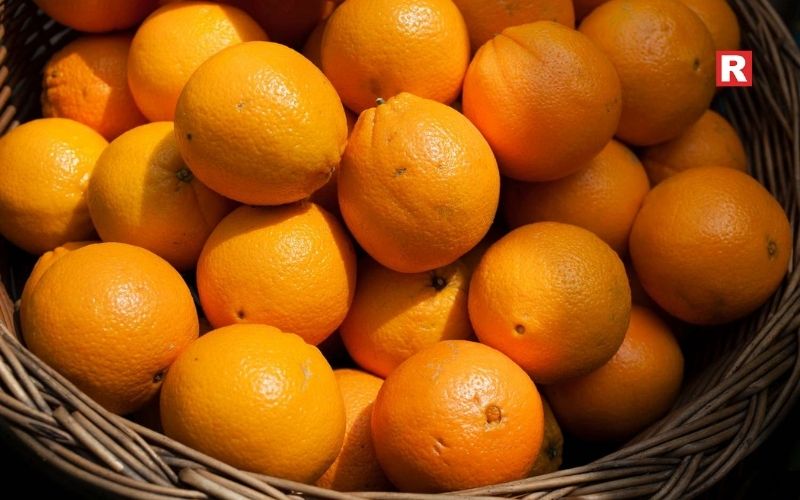
Indian winters are incomplete without oranges (especially the juicy Nagpur and tangy Kinnow varieties from Punjab). Their bright aroma and refreshing citrus taste only enhance the enjoyment of winter. Filled with vitamin C, oranges help support the immune system, hydrate the body, and give the skin a lovely natural glow. Whether munching on as slices, juicing fresh, or tossing in salads, oranges are perhaps the most convenient and versatile fruit of the season.
2. Guava (Amrood)
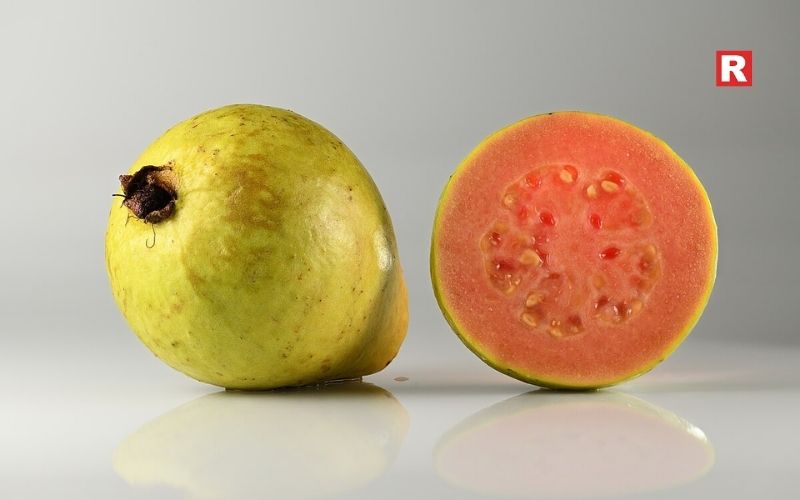
Guavas (crisp, fragrant, and satisfying) taste even better when we eat them with salt and chilli. In peak winter, guavas are very sweet, and their fragrance fills the local market. Guavas are high in fibre and vitamin C to aid digestion, support immunity, and keep you full for long periods. From smoothies to jams to spicy guava chutney, guavas taste great no matter the form. They are a staple in Indian households during winter.
Know more: Top 10 Health Benefits of Eating Dry Fruits Daily
3. Custard Apple (Sitaphal)
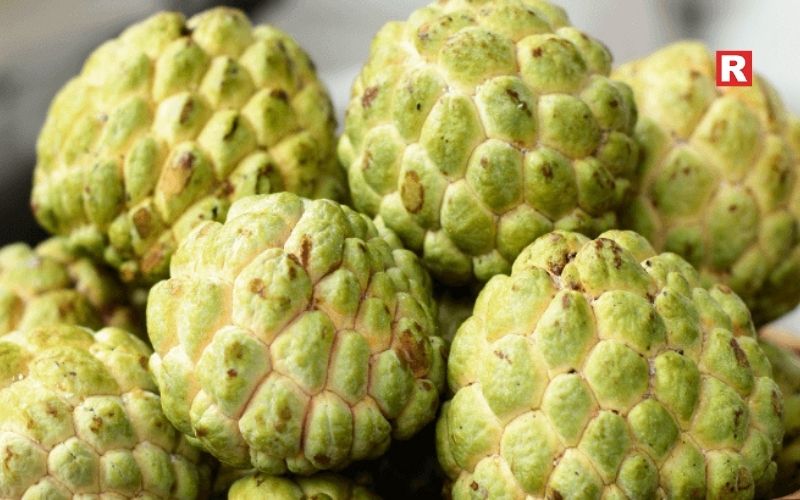
Sitaphal starts arriving in early winter with its lumpy exterior and soft, pudding-like flesh. The creamy texture and sweetness make it a favorite among children and adults alike. Custard apple also provides vitamins, antioxidants, and natural sugars, making it a great way to energize on a winter morning when the temperature drops. Many people eat sitaphal by simply scooping out the pulp. You can use custard apple to make homemade milkshakes and ice creams.
4. Pear (Nashpati)

Anyone who has eaten Indian pears during the winter season knows that they ripen beautifully into a juicy, smooth, mildly sweet fruit. Their high fiber content rehydrates the body and helps to digest the food. Nashpati is great served as a snack or eaten fresh, but when it is poached with cinnamon, it tastes amazing. Baking into a warm winter dessert is also another way to eat Nashpati. The mild flavor profiles of Indian pear make it a fantastic, simple fruit added to salads and breakfast bowls.
5. Grapes (Angoor)
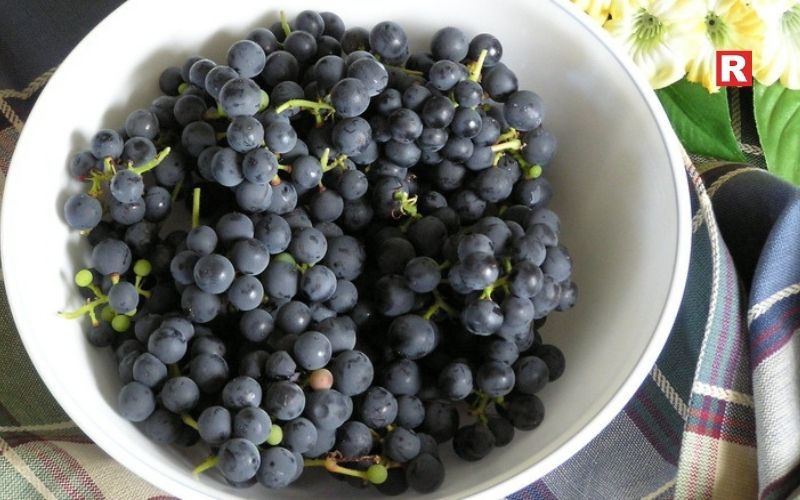
Winter is the season for big and sweet grapes all over India, especially from Nashik in Maharashtra. Green and black grapes are loaded with antioxidants and are good for heart health. They are refreshing snacks with their delightful sweetness and a touch of tartness. Grapes can be enjoyed as is, with yogurt, or in fresh juice. They add their vibrant colour and energy to winter meals.
6. Pomegranate (Anar)
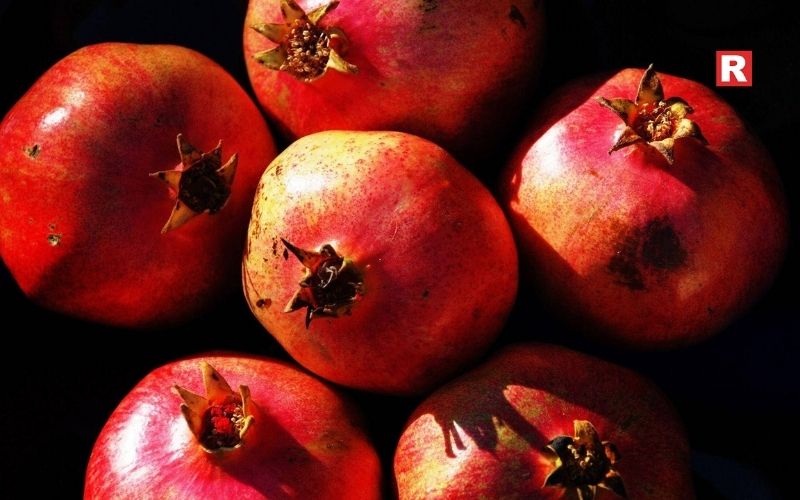
Pomegranates, the vibrant ruby red jewels, are at their sweetest during early winter. Each aril is packed full of juice, flavour, and nutrition. Pomegranates increase hemoglobin, guard the heart and skin. Whether eaten in salads, smoothies, raita, or straight off the pomegranate, they will brighten the winter table with vibrancy and nutrition. When selecting pomegranates, choose heavy ones with tight skin for the juiciest seeds.
What's new: 12 Refreshing Herbal Tea Blends You Must Try This Season
7. Strawberries
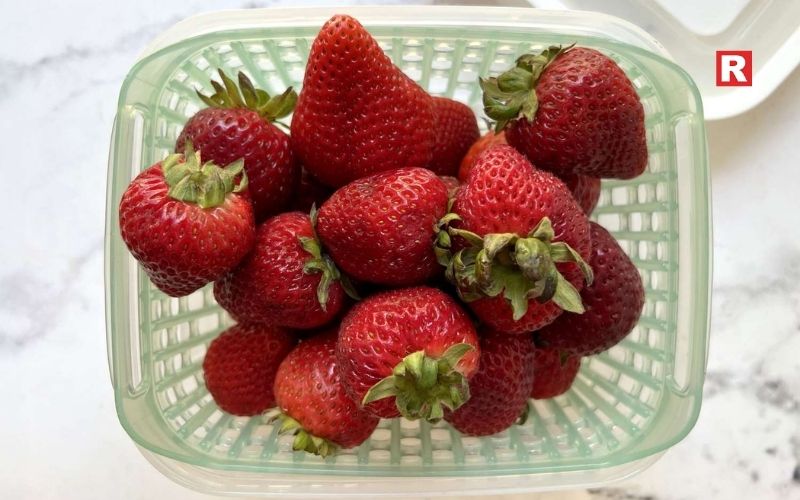
India’s winter strawberry season, specifically in Mahabaleshwar, is a great time for fans of this fruit. Plump, bright strawberries can be found during this time that are naturally sweet with a light tang and packed with vitamin C and antioxidants that benefit skin health and bolster immunity. Fresh strawberries also have great versatility in desserts, smoothies, yogurt bowls, and salads. Served with warm chocolate or cream, strawberries are a classic winter fruit.
8. Apples
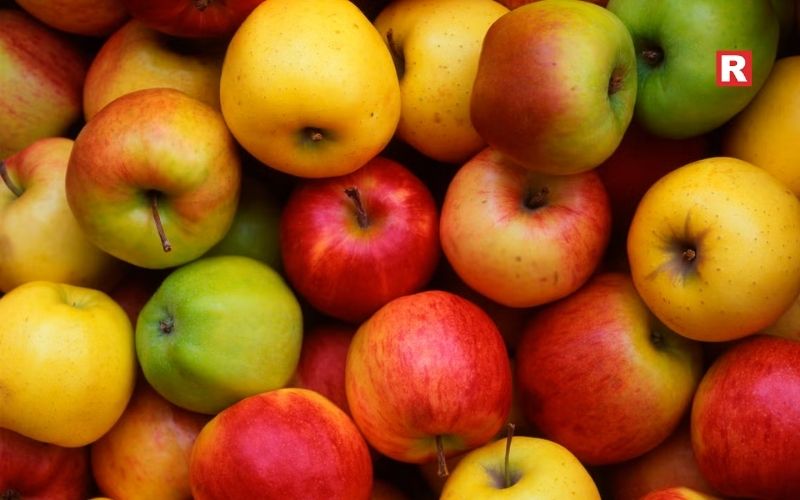
Although apples are harvested earlier in the season than strawberries, they are at their best when consumed in winter, when they are weighty and have matured fully to boost sweetness and crunch. Himachal and Kashmir apples are mainstays in Indian markets and are enjoyed for their satisfying bite. Apples aid digestion, stabilize blood sugar, and are a fulfilling breakfast during the winter months. Apples do not disappoint, whether they are eaten raw, baked with cinnamon, or added to salads, so that they comfort you on cool days.
9. Sapota (Chikoo)
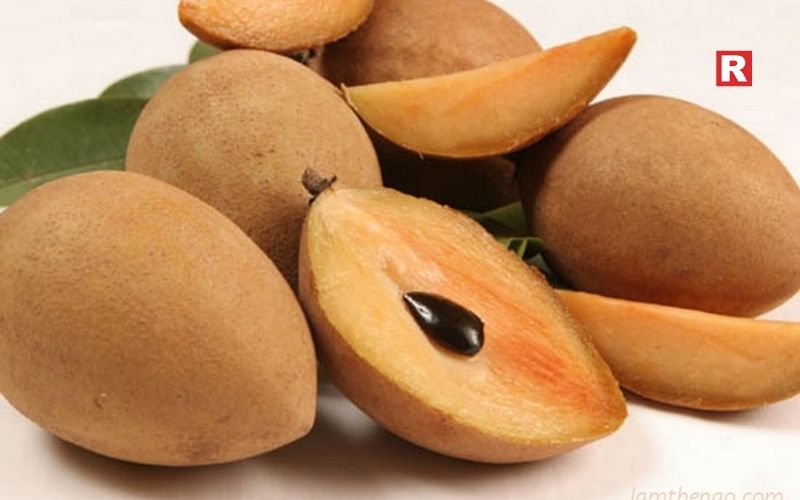
Chikoo, with its grainy texture and caramel-like sweetness, is a wonderful start to a winter morning. Mainly cultivated in Karnataka, Maharashtra, and Gujarat, chikoo is also a source of immediate energy and aids digestion. It offers a delectable experience when eaten fresh, but the fruit can also create delicious milkshakes, smoothies, and ice creams. A good chikoo should be soft yet firm, but never mushy.
10. Mosambi (Sweet Lime)

Mosambi is another citrus favorite of Indian winters. Unlike the tangy orange, mosambi has a mild and mellow natural sweetness with a fragrant aroma. While being a natural coolant, it is also a winter immune booster, thanks to its high vitamin C content. Fresh mosambi juice is a common winter drink, often made with added ginger or mint. Many people eat mosambi sliced, letting the mild sweetness balance the dryness of the winter air.
Check out: How to Keep Bananas Fresh: Tips for Storing Bananas
12 Delicious Foods Like Dumplings From Asia You Must Try
11. Ber (Indian Jujube)
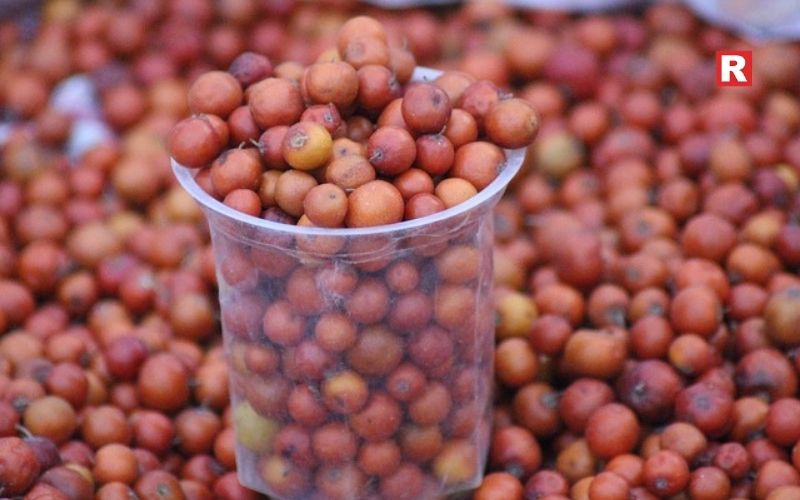
Ber is among India's oldest winter fruits, a favorite in rural markets and deeply rooted in culture. The slightly chewy, sweet-tangy ber range from small varieties that are green, to larger varieties that are ripening red-brown. Ber is rich in vitamin C and minerals, making it good for immunity and digestion. Street vendors often sell roasted or spiced ber during winter, which adds to the nostalgia.
12. Mulberry (Shahtoot)
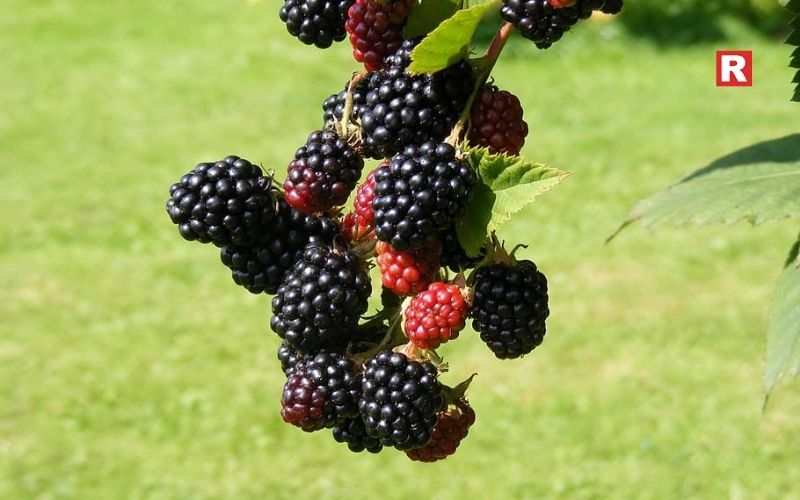
Mulberries appear briefly but beautifully during the Indian winter, especially in North India. They are long, deep purple, and extremely juicy with a sweet, mildly tart flavor that always replenishes your craving. Loaded with antioxidants, iron, and vitamins, they are a great food to maintain your skin health and improve blood circulation. While many people enjoy them fresh, mulberries are great for desserts, jams, and syrups.
Learn more: 10 Pizza-Style Dishes From Around the World You Didn’t Know About
Magic of Winter Fruits
In India, winter is the best season to eat fruits. They are fresher, higher in nutrition, and are generally cheaper. Eating seasonally is great for your overall health, but it also coexists with traditional Indian wisdom. Fruits that grow in winter will keep the body strong, warm, and immune to seasonal infections. Whether you are biting into a crunchy guava on a winter morning, peeling oranges on an outing with your family, or enjoying the sweetness of a strawberry in a dessert, there is a unique charm, nourishment, and memory connected with each fruit. Enjoy the season, support your local markets, and let winter fruits carry you to wellness this year.

HAS Juice is based out of Mumbai and was founded by three partners Hemang, Suraj and Avinash in 2007. HAS juice concept is ‘health on the go’. It uses higher standard equipment and practices specific SOP's. The product is produced under the guidance of food technician and dietician operated under a small QSR format. Today, the brand is operating in Mumbai, Aurangabad, Bangalore and Raipur with plans to enter other cities as well.
What are the different varieties you have in your menu?
We have different varieties for example classic juices, Kids special, Exotic berries, HAVE Signature, Milk shakes, Fresh Fruit Salad, Fresh Smoothes, Vegetable base Juice and Nano Shots.
How do you do the pricing?
Pricing is done at best competent rate in the market.
How is your product different from others?
Our products are very much different from others as we have fruit wise categories like orange, mango, berries. We also ensure 100 per cent ingredients with our employee.
How do you check freshness of juices?
The freshness of the juice is checked by the auditors. The auditors taste the juice as customers. They are called Mystery auditors. So, it is very hygienic place to have fresh juices.
What is your Initial Investment?
15-18 lakhs was our initial investment.
What is the target revenue?
There will be profit of 25 per cent of sales i.e. four lakhs in a month.
What are the benefits of having HAS juice?
It helps you to lose weight, reduce cancer causing toxics, increase sperm count in male, reduce organ and skin damage and eliminate kidney stones.
Juices include fruits which in return have multi benefits, like vitamins, fibre, minerals antioxidant. We also provide nutrient and healthy product to the customers.
What is your expansion plans?
We are planning to open 10 stores by this year- pan India.
How many franchise stores do you have in total?
We already have franchise model in Aurangabad, Bangalore and Raipur.
Copyright © 2009 - 2025 Restaurant India.









